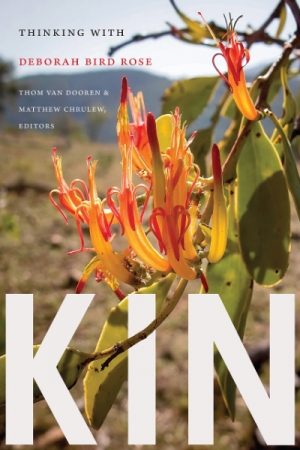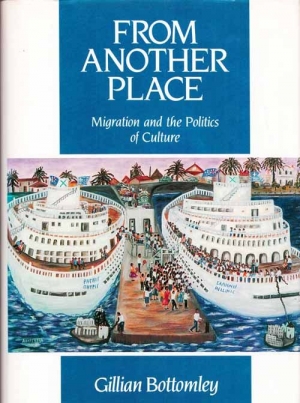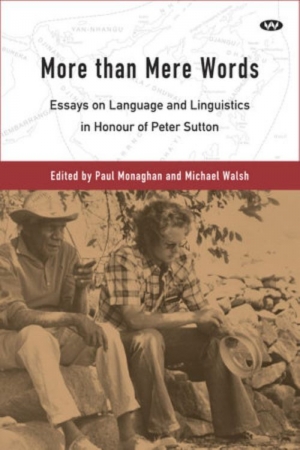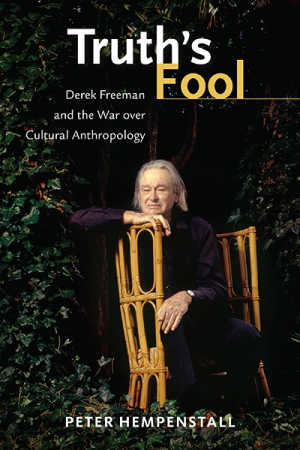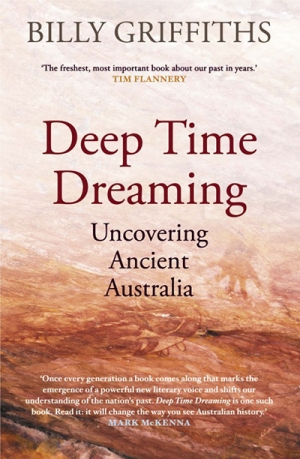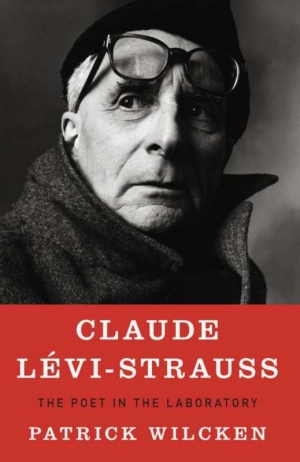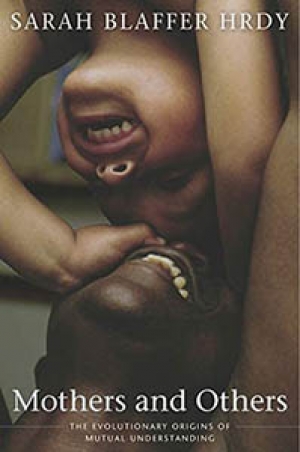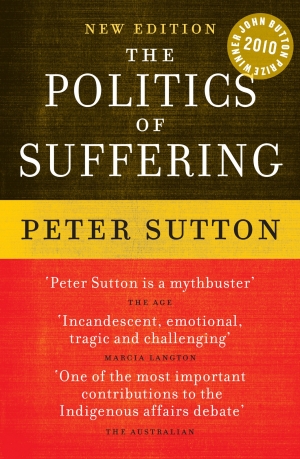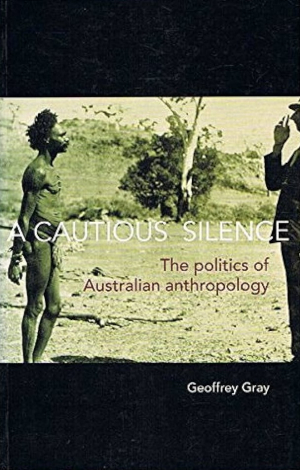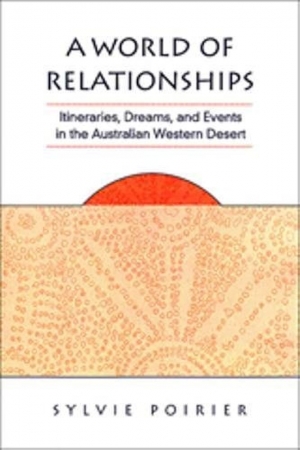Anthropology
Prithvi Varatharajan reviews 'Kin: Thinking with Deborah Bird Rose' edited by Thom van Dooren and Matthew Chrulew
Deborah Bird Rose (1946–2018) was an interdisciplinary thinker who helped establish the field of the environmental humanities (or ecological humanities); in 2012 she also co-founded the scholarly journal Environmental Humanities. Having initially trained in anthropology, Rose strove to push that field and other ethnographic studies beyond their stubborn anthropocentrism. She came to Australia in 1980 from Bryn Mawr College, Pennsylvania, to undertake PhD research in Aboriginal Australia. Her thinking was shaped by the decades she spent with Aboriginal mentors and friends, in the Northern Territory communities of Lingara and Yarralin. Across her writing, in books such as Wild Dog Dreaming: Love and extinction (2011) and Nourishing Terrains: Australian Aboriginal views of landscape and wilderness (1996), Rose demonstrated and promoted attentiveness to, and ethical engagement with, the plethora of beings on Earth.
... (read more)David Walker reviews 'From Another Place: Migration and the politics of culture' by Gillian Bottomley
The title of Gillian Bottomley’s lively study addresses both the major theme of migration and her own position as an academic anthropologist. Bottomley targets specialist studies with hard and fast disciplinary categories and attitudes and rejects the tone of impersonal scholarship which such works frequently adopt.
... (read more)Stephen Bennetts reviews 'More Than Mere Words' edited by Paul Monaghan and Michael Walsh and 'Ethnographer and Contrarian' edited by Julie D. Finlayson and Frances Morphy
Anthropology, in my experience, is commonly confused in the popular imagination with archaeology. ‘We study live people, whereas archaeologists study dead people,’ I have sometimes explained half-jokingly to the perplexed. Although public understanding of anthropology’s engagement with living human societies and cultures is at times sketchy, Australian anthropologists have in fact made significant contributions since the 1970s to the recognition of prior Aboriginal land ownership over vast tracts of the Australian continent. The essays in this two-volume Festschrift celebrate the multifaceted life and legacy of anthropologist and linguist Peter Sutton, perhaps the most significant exemplar of this ‘applied’ branch of Australian anthropology.
... (read more)Simon Caterson reviews 'Truth’s Fool: Derek Freeman and the war over cultural anthropology' by Peter Hempenstall
‘It is hard to reach the truth of these islands,’ observed Robert Louis Stevenson of Samoa in a letter written to a close friend in 1892, two years after the author had moved to an estate on Upolu. Stevenson, who died in 1894, could never have anticipated the prophetic dimension added to those words. Less than a century later ...
... (read more)Kim Mahood reviews 'Deep Time Dreaming: Uncovering ancient Australia' by Billy Griffiths
In Deep Time Dreaming: Uncovering ancient Australia, Billy Griffiths describes the process of imagining the past through the traces and sediments of archaeology as ‘an act of wonder – a dilation of the commonplace – that challenges us to infer meaning from the cryptic residue of former worlds’. In his endeavour to infer ...
... (read more)Grant Evans reviews 'Claude Lévi-Strauss: The poet in the laboratory' by Patrick Wilcken
In retrospect, it seems hard to explain the widespread influence of the anthropologist Claude Lévi-Strauss. When he died at the age of one hundred in 2009, the New York Times said in its obituary that he was ‘the French anthropologist whose revolutionary studies of what was once called “primitive man” transformed Western understanding of the nature of culture, custom and civilization’. It was a typically inflated assessment. Not so Patrick Wilcken’s excellent biography of Lévi-Strauss, which brings into sharp focus the extremely idiosyncratic nature of his oeuvre, while at the same time showing how it managed to catch a post-World War II Modernist wave of popularity. When the intellectual surf rolled out again later in the century, Lévi-Strauss was left standing alone, but by then that was exactly how he liked it.
... (read more)Michael Gilding reviews 'Mothers and Others: The evolutionary origins of mutual understanding' by Sarah Blaffer Hrdy
At the outset of Mothers and Others, Sarah Blaffer Hrdy poses a thought experiment. Each year 1.6 billion passengers fly around the world. We do so with remarkable ease. Just imagine, Hrdy asks, if our fellow human passengers suddenly morphed into another species of ape. We would be lucky to disembark with all ten fingers and toes still attached, or with any babies on board still alive. Bloody appendages would litter the aisles. It would be mayhem.
... (read more)David Trigger reviews 'The Politics of Suffering: Indigenous Australia and the end of the liberal consensus' by Peter Sutton
This is a complex book from an anthropologist who has carried out research and established close relationships with indigenous people for four decades. Peter Sutton has lived through and participated in the Aboriginal protest movement from the early 1970s onwards, done extensive studies in support of securing tradition-based rights in land, and faced firsthand the well-publicised tragedies of many indigenous communities.
... (read more)Francesca Merlan reviews ‘A Cautious Silence: The politics of Australian anthropology’ by Geoffrey Gray
A Cautious Silence is about the establishment of anthropology as an academic and applied discipline in Australia from about 1920 until after World War II. During this period, anthropological research in Australia largely focused on indigenous Australia, New Guinea, Papua and some Pacific islands. A signal event marking the beginning of the period covered in the book was the foundation in 1921 of the Australian (rather than British) National Research Council (ANRC). Marking the end were the debates over the establishment of the Woomera Rocket Range and the consequences for Aborigines in the region. Geoffrey Gray’s afterword deals briefly with university and research politics in the 1950s and 1960s.
... (read more)Tim Rowse reviews ‘A World of Relationships: Itineraries, dreams, and events in the Australian Western Desert’ by Sylvie Poirier
We use the term ‘The Dreaming’ to refer to an Aboriginal way of thinking about their place in the universe; it is ‘a cosmology, an ancestral order, and a mytho-ritual structure’, in the words of Canadian anthropologist Sylvie Poirier. The Western Desert people with whom she lived for many months in the 1980s and 1990s (the Kukatja – though she acknowledges the difficulties of such labels) call it tjukurrpa, a term whose meanings include ‘story’. The stories are about the world- and knowledge-creating ancestral creatures. In the Kukatja world, as manifested in the Western Australian communities of Wirramanu, Mulan and Yagga Yagga, the more prominent stories are about Luurn (kingfisher), Wati Kutjarra (two initiated men), Kanaputa (digging stick women), Marlu (kangaroo), Karnti (yam) and Warnayarra (rainbow snake). When Kukatja narrate the travels of these creatures, they select segments in the itinerary that account for the narrator him or herself as a person who belongs to the places named in the story.
... (read more)
